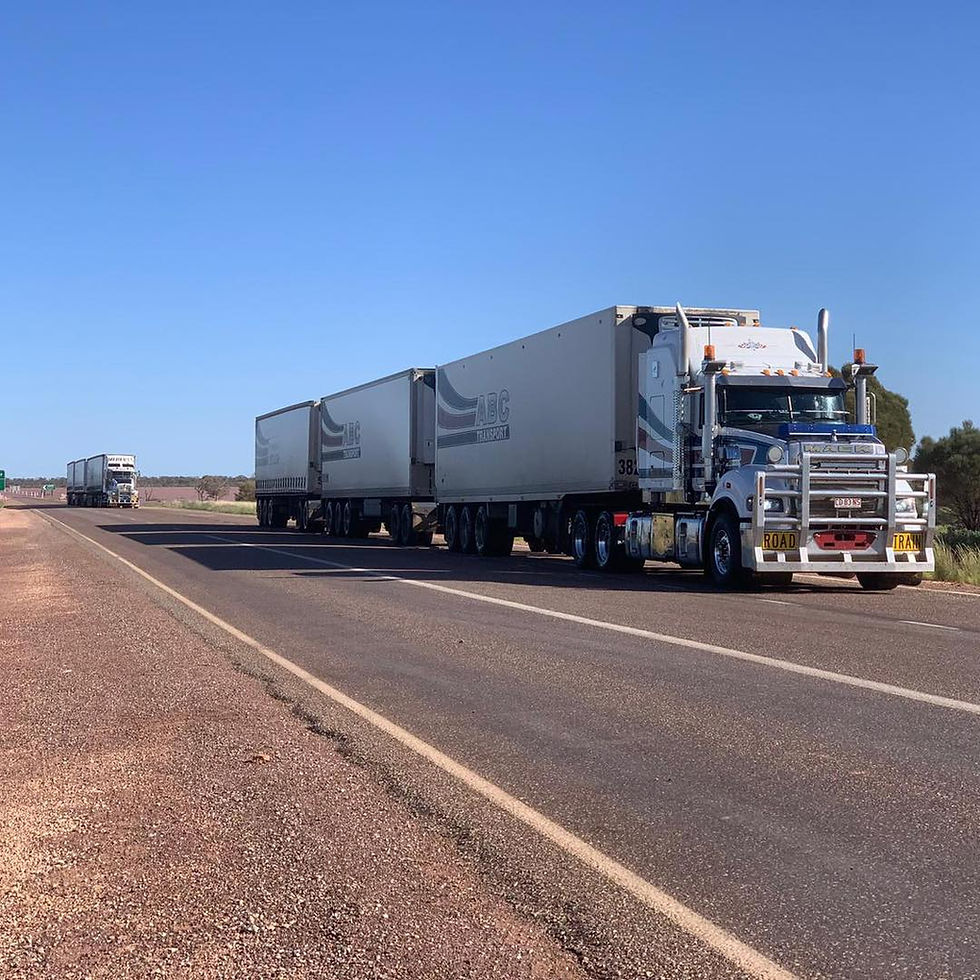Josh Frydenberg shifts gears on the economy
- John McDonnell
- Apr 29, 2021
- 2 min read

In 2014 the Abbott government declared there was a debt and deficit disaster. At the time the net debt was around $250 billion. In 2021 net debt is verging on $1 trillion and the government is saying that it is not a problem.
There is a fundamental difference between the two budget situations.
In 2014 interest payments were taking a huge slice of the money that should have been available to pay for essential services, so the government believed that it should reduce the debt in order to give it the capacity to pay for things like parental leave, childcare and the Gonski education reforms.
In 2021 interest on the debt is negligible and is likely to remain that way for some years. The government is using the breathing space to reduce unemployment, arguing that this is a form of budget repair. The argument is that more people working means more income tax paid and less money spent on income support.
In a speech delivered in Canberra on Thursday, the Treasurer outlined the new policy approach:
“We need to continue working hard to drive the unemployment rate lower.”
“That is what next week’s budget will do. We will not move to the second phase of our fiscal strategy until we are confident that we have secured the economic recovery.
“We first want to drive the unemployment rate down to where it was prior to the pandemic and then even lower. And we want to see that sustained.”
The RBA now has official interest rates at 0.1 per cent, is engaged in an estimated $300 billion worth of quantitative easing and has stated interest rates will not increase until at least 2024.
In his speech, Mr Frydenberg said it now appears unemployment will have to be in the 4 per cent range to get inflation and wages to accelerate. With the RBA unable to cut interest rates further, the government will have to do more heavy lifting to support the economy.
While committing to budget repair, the Treasurer was emphatic it wouldn’t be done with spending cuts, saying:
“Our challenge, once we recover from this crisis, is to again rebuild our fiscal buffers. We have done it before and we will do it again.
“But we won’t be undertaking any sharp pivots towards austerity.”
In an interview on ABC radio on Thursday morning, the Treasurer said that research by his department revealed that an unemployment rate of 5.1 per cent had no effect on either inflation or wage growth. This pointed to the need for unemployment to be driven to well below that rate. The RBA governor, Phillip Lowe, has said it may have to be below 4 per cent.
When asked about the impact on unemployment of Jobkeeper being removed, Mr Frydenberg said that early data showed that 45,000 additional jobs had been created in the first two weeks of April, after Jobkeeper was terminated.
Economists are expecting that the budget will contain more stimulus including tax concessions, increased payments for childcare, aged care and disability services as well as a larger defence budget. All of this expenditure will be designed to drive unemployment down.






Comments